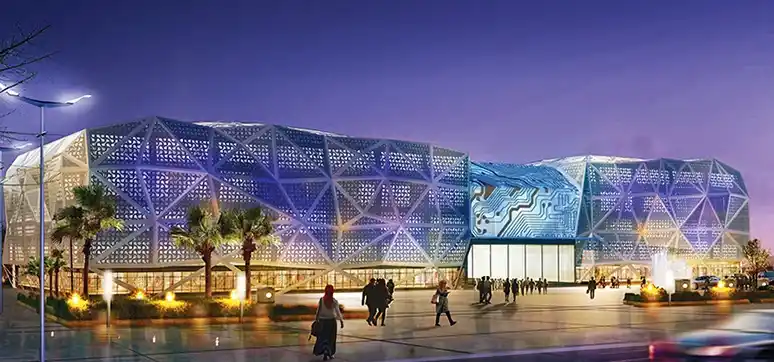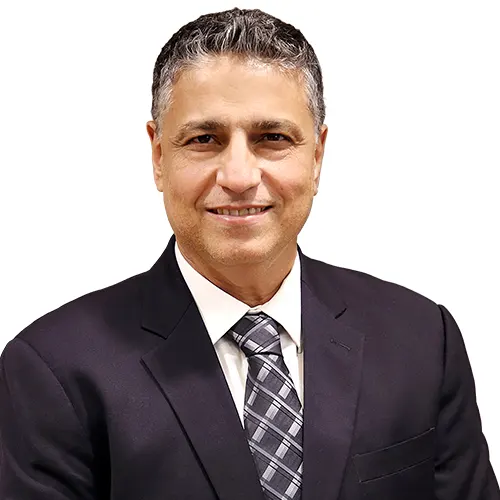Please brief on types of Architectural Glasses used on Modern Facades and Fenestration?
The architectural glass comes in different categories. Few that are majorly used are laminated, insulating, coated, tinted, wire, smart glazing and many more categories.
Please brief on the Functional, Structural and Energetic aspects of Glass Facades and Fenestration?
Everywhere you look today you’ll see some sort of structural glass facade. Major improvements have been made in the facade engineering to make glass one of the primary means of construction for new buildings. Not only does glass have a great visual appeal, but it now serves more functional purposes.
Functional Aspects: Allowing sunlight to enter into a building can save electricity as you can use natural light instead of artificial lighting. Contrary to what may be the public perception, technological advances in glass has helped it regulate heating and cooling in buildings. With the strict energy requirements placed on commercial buildings today, the glass will only become more valuable to meet the restrictions and also provide cost saving benefits.
Structural Aspect: A structural glass facade is generally strong enough to withstand some of the harshest weather elements. Whether you live in an area with constant sun, wind or rain, the glass will retain its integrity and appearance much longer than many traditional building materials. And since glass does not rust or weather, environmental effects will not have an impact on your building façade.
Please tell us about the Structural Safety of Glass?

The structural glass is subjected to numerous loads, such as wind, snow, thermal stresses, people weight and impact. Glass has a different behaviour than other structural material, which needs to be understood to make an efficient use of glass in buildings. Glass reduces the dead load of the structure.
How can we achieve quality interior space using glass on façades and fenestration?
To fully specify a window system, it is necessary to consider certain characteristics:
• Window U-value: The higher the U-factor the more heat is transferred.
• Window Solar Heat Gain Coefficient (SHGC) – indicates how much of the sun’s energy striking the window is transmitted through the window as heat. As the SHGC increases, the solar gain potential through a given window increases.
• Glass Visible Transmittance (Tvisglass) – indicates the percentage of the visible portion of the solar spectrum that is transmitted through a given glass product.
• Tints (colours) and coatings
How can we improve the Acoustic and Thermal performance of Glass Facades & Fenestration?
Acoustic insulation is a demand to provide a comfortable and healthy environment inside the building, which sometimes is a challenge. The glass by itself is a weak sound insulator, but the glass industry offers a wide range of solutions where the system of glass elastic membranes can provide a sound insulation index comparable to one of concrete walls. Standard double glazing units have acoustical insulation level, but much higher levels can be achieved with the right combination of laminated glass panes. Thermal performance can be improved by double-skin facades, ventilated facades and controlling solar heat gains.
What are the fire safety norms to be followed while selecting and installing glass facades and fenestration systems?

Fire safety design is paramount to a building’s design and function. The fire safety design features can help to evacuate a building safely to preserve life. Its design can help to reduce fire spread and contain smoke and property damage. Active measures operate only in the event of a fire. They are mostly concerned with the particular problem of smoke control and the limitation of the spread of smoke throughout a building.
Even if well designed, it is inevitable that doors on escape routes will have to be opened and that smoke will, therefore, flow into the protected area. This danger can be reduced by using lobby access to staircases which provide a form of ‘airlock’ where only one door will be open at any time. The simplest way of stopping smoke spreading within a building is to allow smoke to escape to the outside. This will not extinguish the fire but it will tend to contain smoke to its area of origin and gain time for people to escape and for measures to extinguish the fire to be taken. In multi-story buildings smoke ventilation systems using mechanical vent extraction can be used.
A fire stop is a sublime fire protection measure that seals openings and joints in a fire-rated wall, minimising fire escalation. They hinder the transference of smoke and fire through cracks and crevices in walls and floor assembly. These are available in varied forms and materials like cementitious mortar, silicone, rubber, etc. Fire stops materials and systems are used to ensure the fire is contained within the compartment created as part of the fire resistance strategy.
Fire stopping systems are tested and listed for specific material combinations and designs. They are needed to be selected and used with extreme caution. Fire stops play a very important role in fire safety to check the fire and smoke in a confined area of the fire. Usually, they are in 3 major areas: between the floor edge and façade, between facade and cabin partitions and in service shafts.
Please tell us about the Effective Facade Maintenance of Tall Buildings with large Glass Facades?
Once buildings reached heights that could not be easily or safely accessed from the ground, mounted suspension systems like abseils and Boatswain’s chairs became necessary. Today these systems are limited for safety. Aerial work platforms (AWPs) are transportable ground-based platforms that provide access to buildings for maintenance or construction. The range of AWP equipment that is currently available is wide, meeting a variety of needs. There are several different types of AWPs, each with its mechanical means of positioning the work platform.














